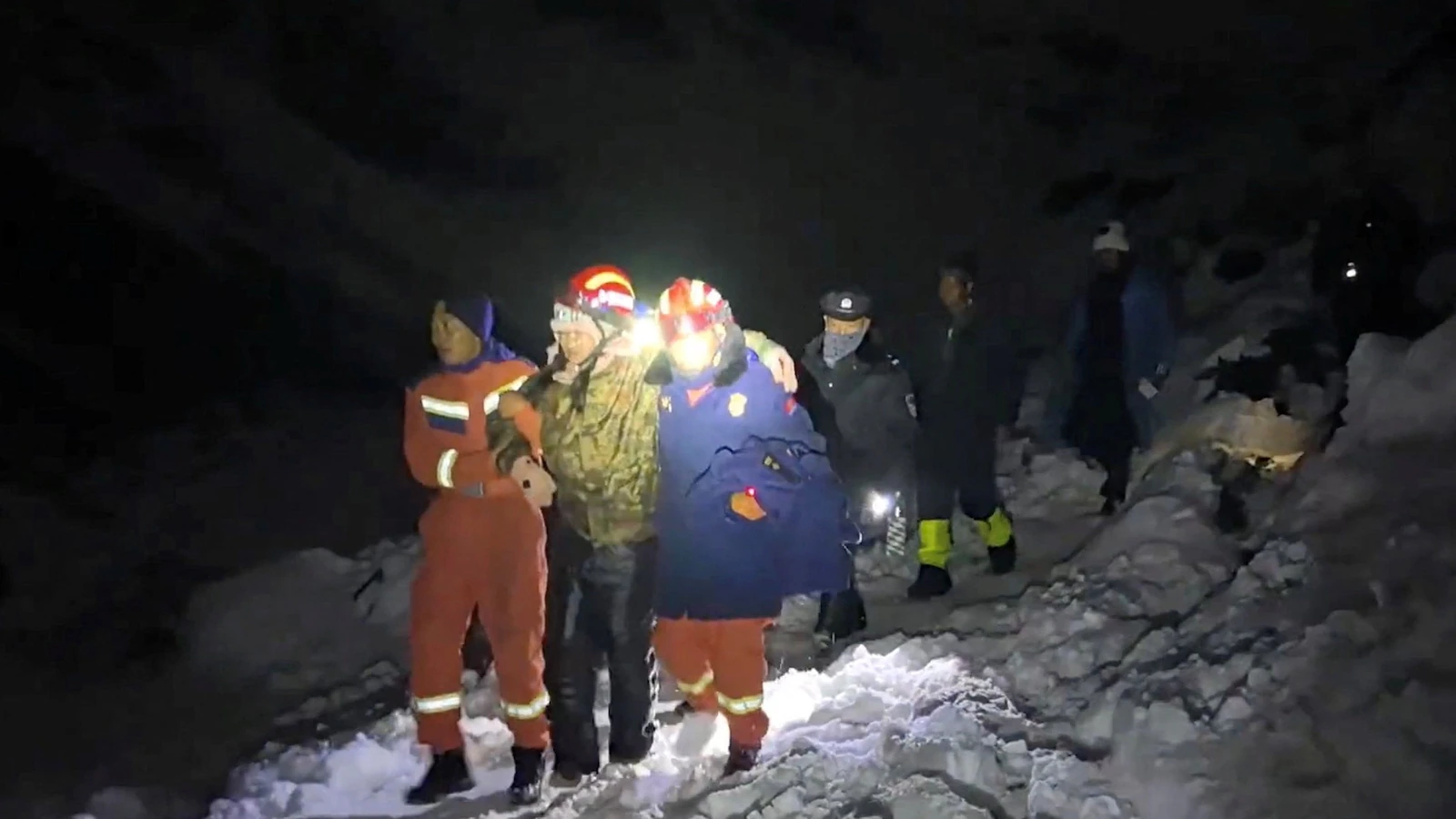
SEOUL, South Korea — The trip was not in Isaac Wang’s original plan.
The 33-year-old Shanghai-based IT engineer was one of the hikers who got stranded on Mount Everest earlier last weekend, when hundreds of holiday makers were hit in an unexpected blizzard on the eastern side of the mountain.
Unfortunately for Wang, the mountains trails he wanted to go in China have been closed for months. He also had to cancel his bookings on the Nepali side of Mount Everest, due to the recent political protests there.
Wang’s group was more than 3 miles above sea level on the mountain when it started to snow.
“We were expecting some snow, but not on this scale,” Wang told ABC News.
He added, “On the night of Oct. 4, the weather got out of control, the snow was so heavy, we had to get up every hour to shovel the snow off our tents. The lighting was bright and red, the thunder was a long deep rumbling. I’ve never seen or heard of anything like that, absolutely terrifying.”
The snow continued overnight into Sunday. It was said to be more than 3 feet deep in some areas.
Hundreds of trekkers and tourists were stranded by the powerful and unexpected snowstorm. All have all been rescued by local authorities, guides and residents, China state television reported late last week.
In total about 580 hikers, in addition to more than 300 guides, yak herders and other workers who were stranded, have all reached safety, China’s state news agency Xinhua reported.
The incident highlights the risks the world’s highest peak poses for the ever-growing number of mountaineers, adventurers and tourists who flock there. The eastern part of the Mount Everest region remains temporarily closed to the public.
The storm happened during an eight-day holiday in China. Since the pandemic, China’s middle class, especially urban residents, have fueled an outdoor-sports trend, with many seeking better health, wellness and social connections.
Taking advantage of the long break and nice weather, many citizens traveled at home and abroad. Some decided to challenge themselves on the highest mountain in the world.
Hundreds of yaks carried tents and supplies, while trekkers wearing colorful jackets took pictures with the spectacular background at Everest’s base camps.
“There were so many visitors this year, almost two or three times more than previous years,” local Tibetan villager and tour guide Gama Donzhu told ABC News.
Donzhu has been working as a local guide, taking hikers into the mountain, for 7 years. With the tourist numbers rising, Gama said he expanded his business a couple of years ago running a family Airbnb.
Gama was also part of the rescue team after the storm hit. He guided the final group off the mountain.
Growing up about 47 miles from the foot of Everest, Gama knows the mountain like the back of his hand.
“It’s really dangerous that some very experienced and confident hikers researched the trails online and think they are well prepared for Mount Everest,” Gama said. “It shocked me that some of the hikers weren’t even wearing sunglasses when I found them!”
Gama spent three days on the mountain helping the hikers get down.
Some hikers reported hypothermia, and had been taken to nearby rescue sites, where food, medicine, heat and oxygen supplies are available.
“It took me almost a whole day to find the last hiker, she was solo hiking and in such good shape,” he said. “But with the heavy snow, she couldn’t find her way out.”